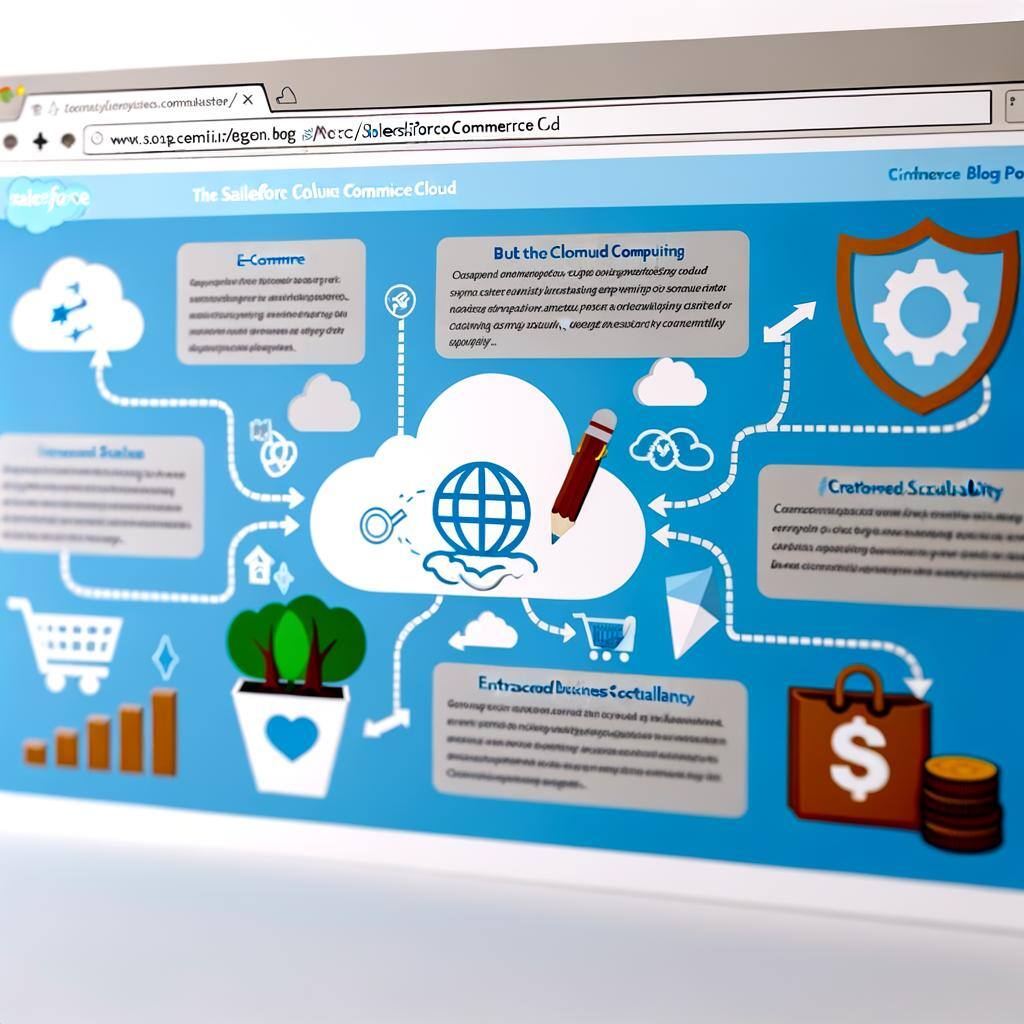Key Methods for Optimising Your Retail Operations

Running a retail business can be equal parts challenging and rewarding. Entrepreneurs dabbling in retail will find plenty to learn about balancing their operational costs to grow their profit margins.
For a retail business to succeed, however, it’s crucial to prioritise efficiency by optimising your store operations. Failing to do so can lead to plenty of wasted rostered hours, which consequently also means a waste of money.
In this article, we’ll go through some tried and tested methods for optimising your retail operations. Budding retail entrepreneurs – consider these tips to be foundational for developing a retail enterprise that’s built to last.
Invest in Payroll and Staff Scheduling Solutions
As is the case with most businesses, managing and optimally utilising your human resources can take up the bulk of your time as a store supervisor or owner. Manual payroll systems can be incredibly tedious, which is why many retail businesses are turning to automated payroll services to speed up the process of paying employees. Digital payroll tools can perform tasks like computing pay based on regular and overtime hours, calculating taxes and carrying out direct deposits quickly and accurately. Implementing digital payroll software can either be done completely in-house or outsourced to a partner.
Another procedure that should be automated to save time is staff scheduling. Staff rostering or scheduling software saves you the time and manpower it takes to manually populate Excel sheets or physical notebooks. A good rostering software will also let your employees know when their shifts are and allow them to notify you if there are any last-minute changes. No managers or teams should ever have to deal with securing their roster for the week ahead as late as Sunday night or – heaven forbid – 3am on a Monday morning. With staff scheduling solutions, you can map out rosters weeks in advance and make changes wherever necessary and without having to worry about double-rostering.
Use PDA Scanners
Over the past decade or so, PDA scanners have become a staple investment in the operations of big name retailers across the globe. In fact, PDAs are so widely used that the acronym now has a variety of different meanings (i.e. ‘personal digital assistant’, ‘personal data assistant’, and ‘product data acquisition’, which is a more retail-specific term). PDAs are also known as RFID (radio frequency identification) readers, as they use radio frequencies to transfer data from barcodes to your device display.
But what are PDA scanners exactly? They’re effectively devices that allow store employees to scan individual products and collect data that can be used for business activities like marketing and inventory management. Whether you’re running a small retail business or a massive chain, this data can help you cut down on inefficiencies like manually hunting down SKUs (stock keeping units), checking stock numbers or doing storewide stocktakes.
One particularly valuable use case of PDA scanners is to automate the process of determining sales of a particular product over a period of time. This can alert you of potential thefts if there’s a discrepancy between actual inventory levels and your store’s sales history. Data acquisition scanners can also be used to determine if certain products sell better during certain periods, helping store owners better optimise their stock purchasing. Ultimately, PDA scanners help you save valuable time on the shop floor, streamlining customer service and sales operations, and ensures your backroom stays optimally stocked year-round as well.
Build a Strong Website
Online selling is essential to doing business in 2024. If your retail company only sells through its brick-and-mortar stores, you’re missing out on a big chunk of your potential audience. Your retail store’s website should include an easily navigable product page where visitors can place orders, as well as information on where to find your physical stores. Your website is also a powerful branding tool and should be designed using existing brand elements.
Even if most of your consumer base doesn’t order directly through your site, they can still use it to browse your product offering and compare prices with your competitors’. To maximise your sales, you want to create a seamless, omnichannel experience for your customers.
There are plenty of options available to you if you’re looking to build a website. If you want to do it yourself, you can use a platform like Wordpress or Wix. If your website is primarily an online store, Shopify is an incredibly intuitive hosting platform that many retailers are turning to. If you want complete creative control over your site, you’re best off building it from scratch by hiring an in-house designer or outsourcing website building to freelancers. Whichever option you decide to go with, creating a website for your retail business is a great way of expanding your reach and boosting sales.
Establish Store Opening and Closing Procedures
If you run a small retail business, you’re probably responsible for opening and closing your store yourself. You might have developed an intuitive checklist for what to look out for when opening your doors in the morning and closing them at night.
As your business grows, you’ll probably need to hire store managers to do this job for you, especially if your store has multiple branches. In this case, you should establish a clear checklist for them to go through before opening and closing that’s consistent across all your branches.
By creating clear procedures for opening and closing your store, you’ll reduce the chances of mishaps and save your managers the time it takes to solve problems on the spot.
Prioritise Regular Staff Training
A retail store is only as good as the people working there, and the only way to maintain effective, consistent in-store procedures is to invest in training. Whether it’s assisting customers, stocking shelves or counting items for inventory management purposes, proper training is essential to making sure your employees follow the protocols you’ve established.
Employee training is also essential for your more senior employees. Members of your leadership and management teams need to be aware of your company’s management culture and about the procedures they should be enforcing in your stores.
Carrying out employee training is a great way to grow from within. They allow you to make your current workforce more effective and save you the cost of having to hire new workers who already have the skills you’re looking for.
~
Ensuring optimised retail operations is key to business growth and success. By creating effective procedures that are consistently carried out across your retail store(s), you’ll ensure that your business is running as efficiently as possible and that your limited resources are being used efficiently, ultimately allowing you the space and capital to scale up your enterprise sustainably.
Related Posts
Join the movement.
Your Entourage journey starts here. Join Australia's largest community of over 500,000 business owners and entrepreneurs, and receive instant access to exclusive content and updates delivered straight to your inbox.



